A swan song of sparrow calibers?
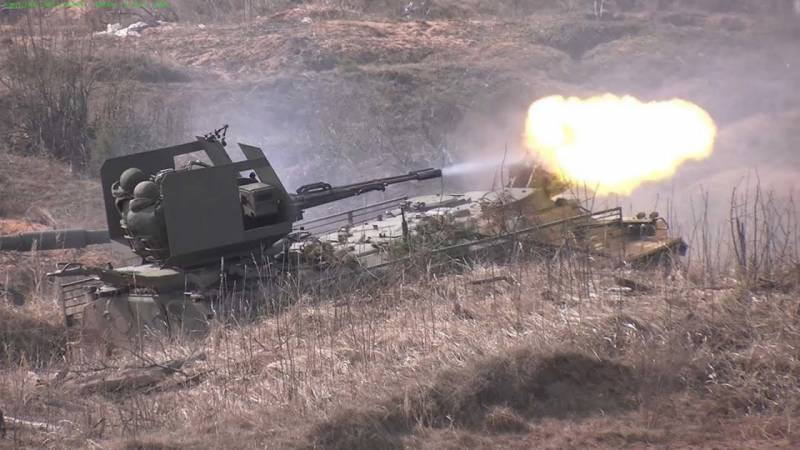
Let's just sum it up. During the CBO, a new concept of combat was born, for which, almost immediately, they began to invent means of both “pro” and “contra”. The massive use of small (compared to an aircraft) UAVs calls into question the effectiveness of the use of anti-aircraft missiles. Precisely because the rate of fire of air defense systems is a very conditional thing.
In addition, the small size of UAVs makes it not only impossible, but rather inexpedient, the use of such complexes as the S-300/400 on them. And this, again, is not to mention the number of UAVs that any side can launch at targets on the territory of the other. Suffice it to recall the waves of "Shaheds" that flew into Ukrainian cities, and it becomes clear that not every air defense system will be able to withstand them.
And in such a situation, MZA appears on the scene, small-caliber anti-aircraft artillery, which becomes a full-fledged player.
Moreover, suddenly aviation began to suffer damage from this type of air defense. Both ours and Ukrainian, because the planes driven by anti-aircraft missiles to low altitudes became the objects of the closest attention of the MZA.
Planes, helicopters, missiles (subsonic), UAVs - unlike the smartest SAM missile, the projectile is stupid and it doesn't care who it hits. No reverence, but very effective at times. So the real role of the MZA in the events in Ukraine is a story that has yet to be written.
But quite recently (according to historical standards) anti-aircraft artillery was practically sentenced to resignation ...
It happened in the 50-60s of the last century, when the planes began to fly very fast and very high. And it became clear that even the most powerful anti-aircraft guns 130-mm KS-30 and 100-mm KS-19 for us, 90-mm M2 and 120-mm M1 for the Americans simply cannot have the proper effect on aircraft. Lacked neither accuracy nor rate of fire.
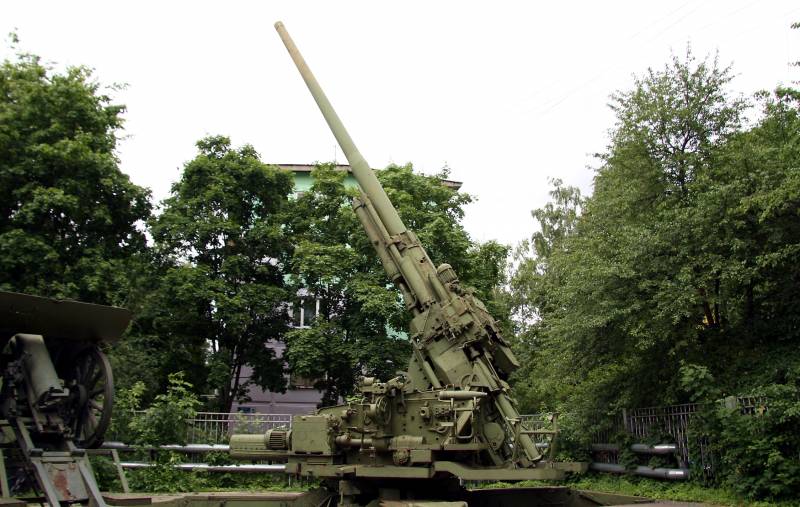
Anti-aircraft gun KS-30
And anti-aircraft guns everywhere began to be replaced by anti-aircraft missile systems.
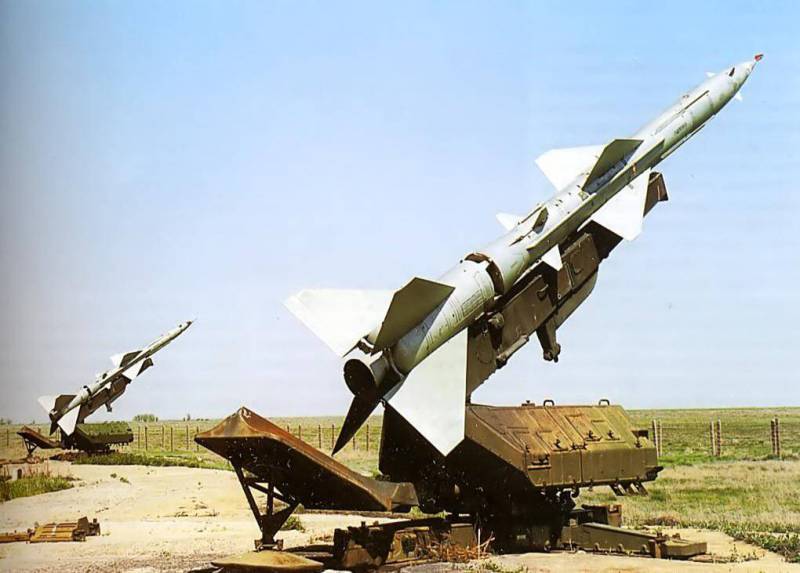
True, the first swallow flew in from Vietnam. The following happened there: anti-aircraft missiles (naturally, Soviet S-75s) launched American Phantoms from high altitudes, but small aircraft came under attack from small-caliber artillery. Yes, that the Soviet systems, that their Chinese copies did not differ in range and altitude, but they had a rate of fire and a large number of trunks. Note - cheap. And these cheap chirps shot down no less Phantoms than formidable rockets.
However - what's the difference if the result is important?
The masterpiece of Soviet engineering ZSU-23-4 "Shilka", on the contrary, in the 1973 war with a steel broom swept Israeli aircraft out of the range of the ZSU, to medium heights where it was possible to work with missiles. Small heights firmly remained behind the "Shilki".
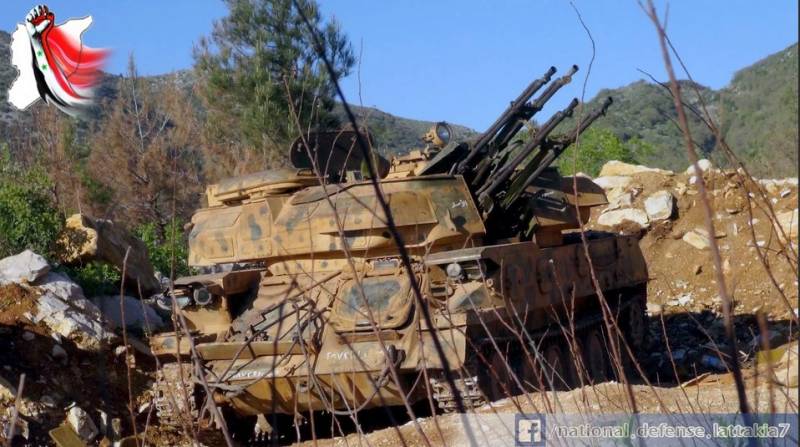
It is clear that it is difficult to shoot down a high-speed Shilke aircraft, but it is possible. According to some sources, in 1973, Egyptian and Syrian anti-aircraft gunners shot down from 30 to 40 Israeli Air Force aircraft with Shilka. Perhaps, presumably - now it makes no sense to count again.
But even if "Shilki" were just a psychological weapons, which displaced Israeli aircraft higher, under the impact of missiles, it also worked out quite well for itself. There is one nuance here - the imperfection of rescue systems. Yes, a rocket hitting an engine at an altitude of 3-5 km is unpleasant, but you can save yourself. But when a shower of shells hits an aircraft at an altitude of about a kilometer and below, it’s more difficult.
Here, the benefits of the MZA became clear: the cheapness of ammunition, the practical absence of "dead zones", mobility, and as a bonus (very useful, the Afghan Mujahideen will not let you lie) - the possibility of using it on ground targets.
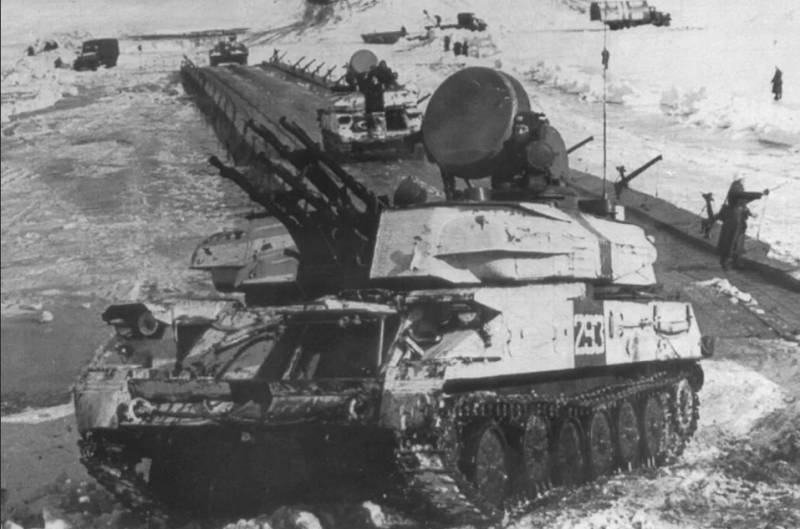
Moreover, the Shilka and its simplified version of the ZU-23-2 are still relevant: the firing range is 2,5 km and 1,5 km in height with a rate of fire of 4 rounds per minute (000 for the ZU-2-000 ) make the system quite suitable for use in modern conditions. Here's how it is: not a masterpiece, but no one disputes combat effectiveness. Therefore, "Shilka" and "Zushki" in Ukraine are used on both sides of the front.
Yes, in the USSR they knew how to create masterpieces ...
What about these?
These were harder and easier at the same time. In the United States, they relied on aircraft and air defense systems (in that order), the only artillery air defense system was initially the six-barreled 20-mm Vulkan aircraft, which was made in the towed version of the M167, self-propelled on the M113 chassis (ZSU M163) and prescribed on ships.
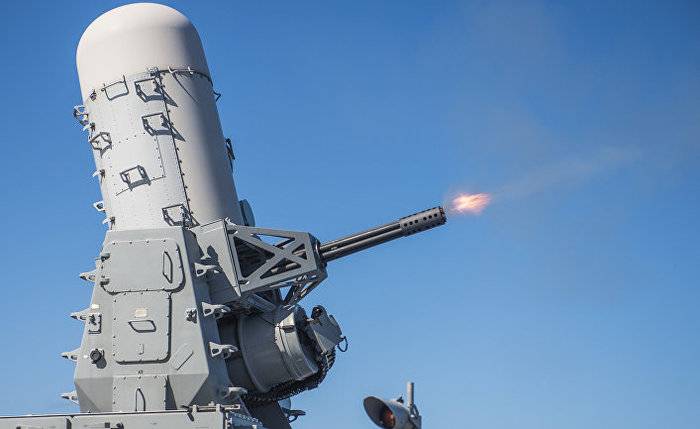
No, the Vulkan is good, its rate of fire up to 6 rounds per minute and range up to three kilometers makes it a very unpleasant close combat system. And in 000, the Israelis, with the help of the Vulcan, shot down something Syrian. But there are also a lot of shortcomings.
But in general, almost the whole world sits on the products of the Swiss company Oerlikon.
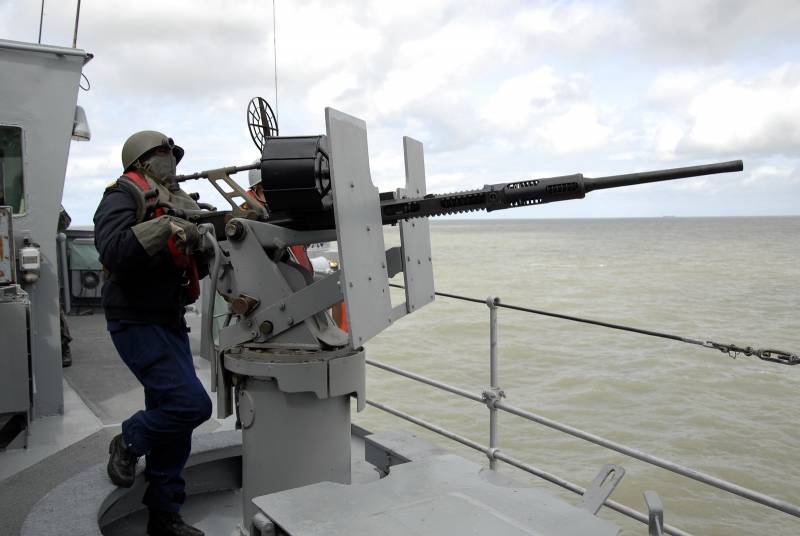
Someone buys ready-made, someone creates his own on the basis of Oerlikon. The 20-mm family of guns began with the HS model, which later received the name GAI-CO, the Germans made their Rh-202 based on it, the Norwegians FK20-2 and so on. All these are guns, the firing distance of which is from 1 to 3 km.
The 35mm GDF family is more interesting because it allows you to hit targets at a distance of up to 4 km.
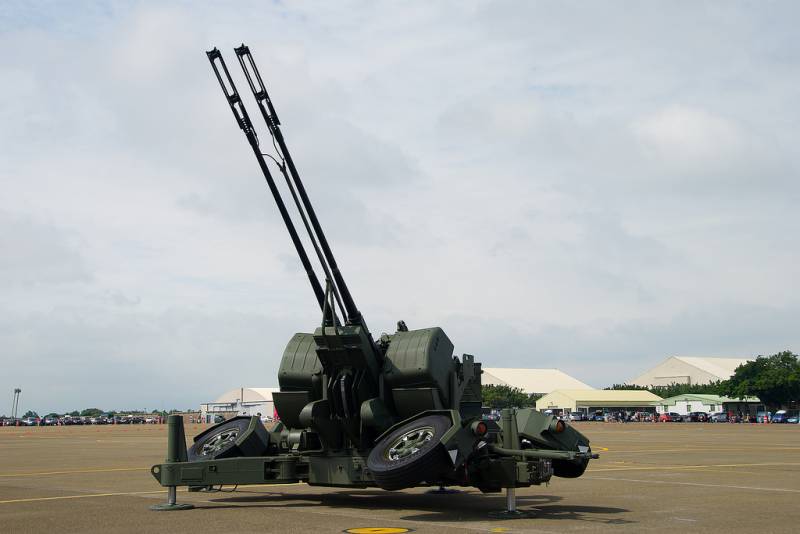
And in battle, the GDF proved to be quite good, it was from these installations that the Argentine anti-aircraft gunners sentenced two British Harriers in the battle for the Falklands. GDF-002 became the platform for the German Gepard, the Japanese Type 87, the Chinese Type 90, and the Turkish Korkut.
The six-barrel version of the Swiss 35-mm gun is used in the German air defense systems Skyshield and MANTIS.
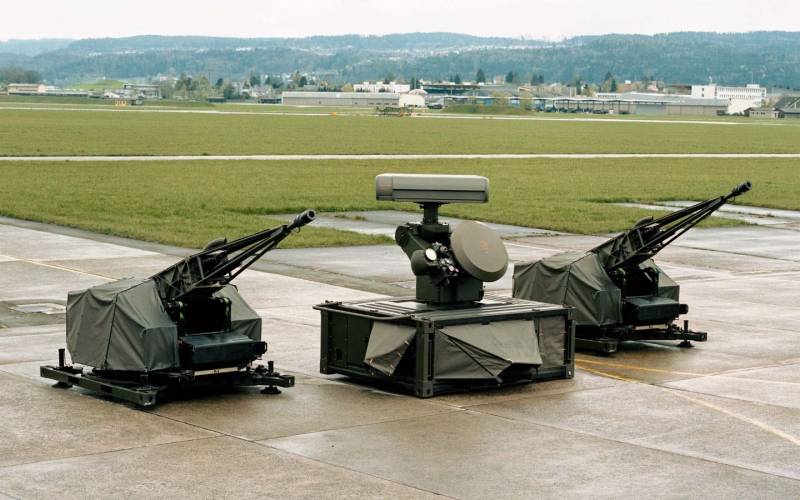
These systems are compatible with each other, are stationary and, accordingly, are used for the defense of stationary objects (for example, airfields).
Bofors (Sweden). Also trendsetters in 40 mm caliber.
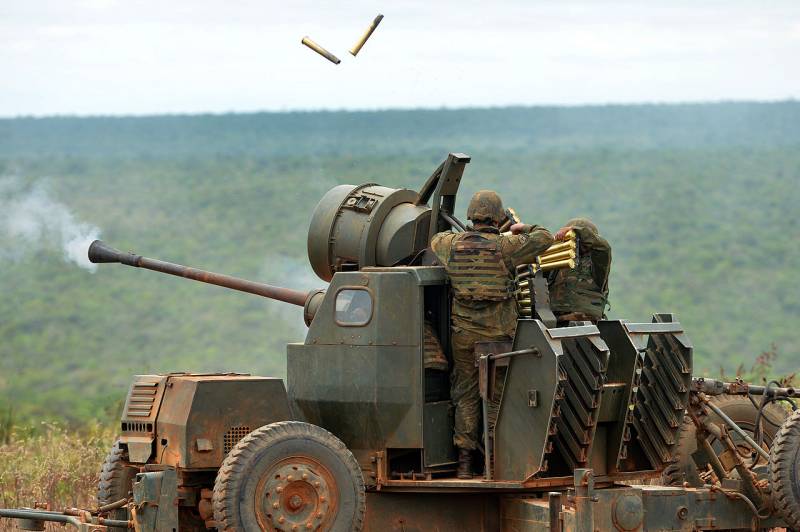
From the super autocannon L/60, which fought half the world in World War II, to its descendant L/70, firing 12 km at a speed of 240 rounds per minute. Also a very popular system in the world.
However, it is worth noting that, in general, the MZA is starting to move to the 30-mm caliber.
The Czechs (also quite successful as gunsmiths) created the M53/59 Praha ZSU, a twin 30 mm cannon with a firing range of 3 km and a rate of fire of 200 rounds per minute with both barrels.
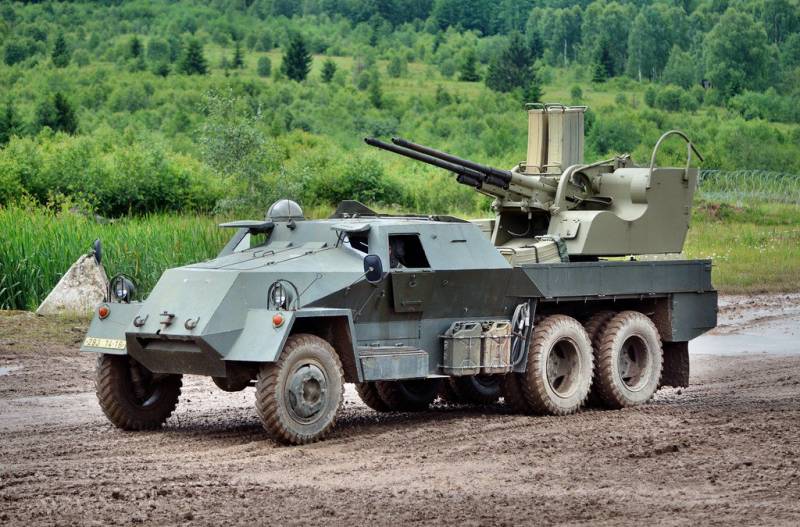
The product is extremely outdated, but nevertheless, it is still in service in a number of armies in Europe and the Middle East.
Greece "only for itself" created a 30-mm coaxial gun "Artemis-30". Firing range up to 8 km, rate of fire 800 rounds per minute.
France could afford to have two systems: a 30-mm ZSU AMX-30DCA, a twin 30-mm cannon on the chassis tank AMX-30 and 20-mm anti-aircraft gun 53T2 "Tarask" with a range of up to 6 km and a rate of fire of over 700 rounds per minute.
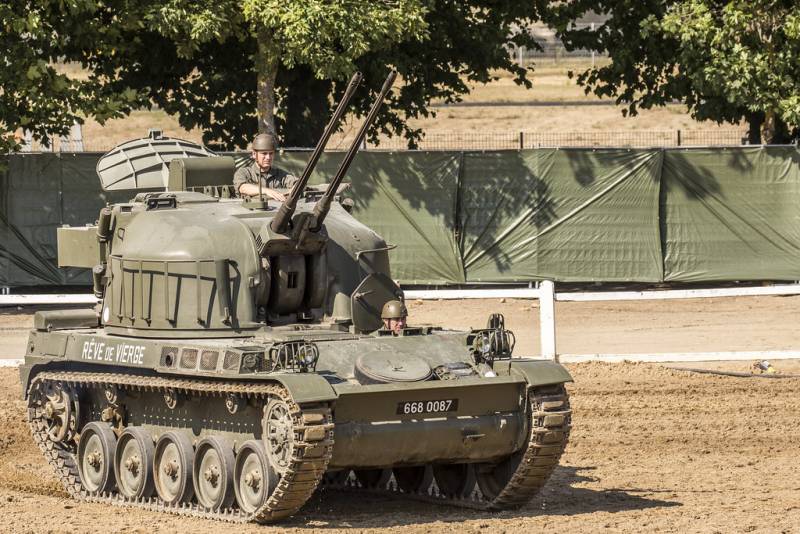
In general, almost all countries of the world have small-caliber anti-aircraft artillery in service with their armies. The only question is how they see its application. Today in Ukraine gives answers to many questions.
Every day there are more and more goals for MZA.
But there is also a product of modernity, a hybrid of ZSU and air defense systems - ZRPK. The anti-aircraft missile and gun system is already a product of the 21st century, although the first unit appeared in the last century. And it was again the Soviet Tunguska complex.
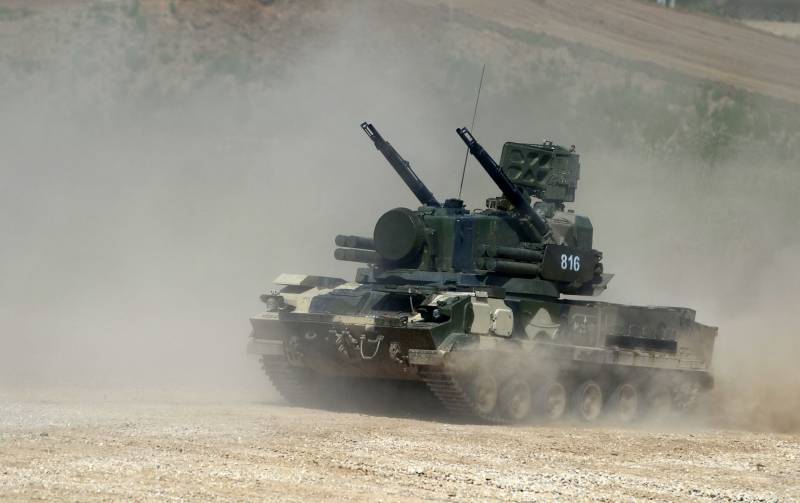
A combination of small but fast short-range missiles and fast-firing automatic cannons, on which two radars operated, the first detected targets, the second accompanied and illuminated those detected.
The Tunguska turned out to be a masterpiece and soon became a favorite of the tankers, as it could cover the columns on the march with very decent efficiency. 30-mm guns had a rate of fire of up to 5 rounds per minute with both barrels at a distance of up to 000 km, missiles flew at a distance of up to 3 km and at a height of up to 8 km.
The next stage of development on wheels was the Pantsir, which also carries two radars and two 30-mm machine guns, but there are more missiles (12 pieces) and they fly further (up to 20 km, up to 15 km in height).

In the rest of the world, ZRPK somehow did not work out.
China has its own. ZRPK Toure 95, the artillery part of which was copied from the Italian ZSU SIDAM-25, and the radar and missiles were their own.

In Poland, they depicted something that they called ZUR-23-2S. This is generally a semi-self-propelled gun, two Strela-2M MANPADS were screwed onto the ZU-23-2. And there was also its “modernization”, when already in the 21st century under the name ZUR-23-2KG. It was instead of the Strela that they used the "domestic" MANPADS "Thunder". But if you consider that "Thunder" is a copy from the "Needle", then it is difficult to call this creation Polish.
There is also a Serbian prototype MANPADS. Called PASARS-16 "Terminator".

On the chassis of an armored truck, the same Bofors L / 70 gun, an optical guidance system and two missiles are installed - French Mistral MANPADS, Russian Igla MANPADS or Serbian RLN-1С, created on the basis of Soviet air-to-air missiles » R-13. But this is a prototype, and whether it will go into production is still unknown.
That is, by and large, few can afford the luxury in the form of air defense systems. Meanwhile, the ongoing air war over Ukraine and Russia shows that drones, drones-kamikaze, inferior to cruise and tactical missiles in terms of charge power and range, have an advantage in stealth, penetrating where the missiles really do not reach.
And such UAVs in the very near future will be put into service in all countries capable of producing them. And those who are not able to establish production will buy. In the same Iran.
Yes, the HIMARS tactical complex and our Iskander have shown how effective hitting a target can be. But the Lancets, which destroy the equipment of the Armed Forces of Ukraine, show how this can be done not only effectively militarily, but also financially.
Shooting a Hymars at a separate tank is frankly stupid. Launch "Iskander" on the BMP - too. But the cheap and simple "Lancet" copes with this just fine. And its cost, which is important, is tens, if not hundreds of times less than that of the target it hits. And missiles capable of bringing him down.
War is not just about money. This is huge money.
And the swan song of small calibers, quite possibly, not only will not sound, we may still hear hymns in praise of small-caliber anti-aircraft artillery, which will become a shield against flocks of unmanned killers.
And here, of course, I would very much like to think that our design bureaus are working hard and fruitfully to create artillery systems capable of fighting drones. For example, with those who visit Moscow City every night.
Recently, we hosted another exhibition of achievements of the military industry "Army-2023". Where, if not there, is it possible and necessary to look for everything new? Breakthrough solutions of tomorrow, latest innovations, everything else?
Here is the latest experienced armored car "Spartak", armed with a 57-mm automatic gun SAZP-57.
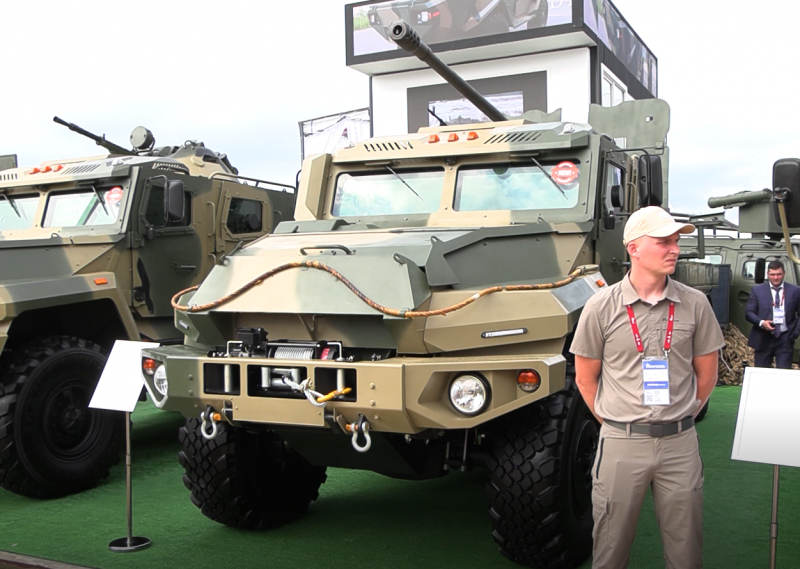
Okay, we see the armored three-axle truck. Possibly a good armored truck. But it is not he who attracts the eye, but what is in his back. And in the back of it, excuse me, it has a historical value: the 57-mm S-60 cannon, which was put into service in 1950. That is, in principle, not such an old model, only about 70 years old. But she also fought in Korea, shot down American planes.
Apparently, they made more than enough S-60s in their time, and not all of them were sold to the developed armies of countries like Bangladesh, Congo, Zaire and Angola. The gun is a masterpiece, yes, even now, if it hits, it will cut off the tail of any helicopter with its projectile, and the engine will choke on such a gift.
And the range is quite - up to 6 meters, and the projectile throws at a height of 000, but the question is: what to aim with? According to the radar? Funny. The guidance set for the S-5 was at the level of the 000s, and it remained the same. At best, according to the RPK-60 radio instrument complex, if one is found in storage warehouses. Well, the rate of fire of 50 rounds per minute is so-so.
S-60 is a good gun, Grabin did not do bad ones. And appreciated in the world, where she was just not clouded. ISIS fighters installed S-60s on trucks. The Syrian army did the same.
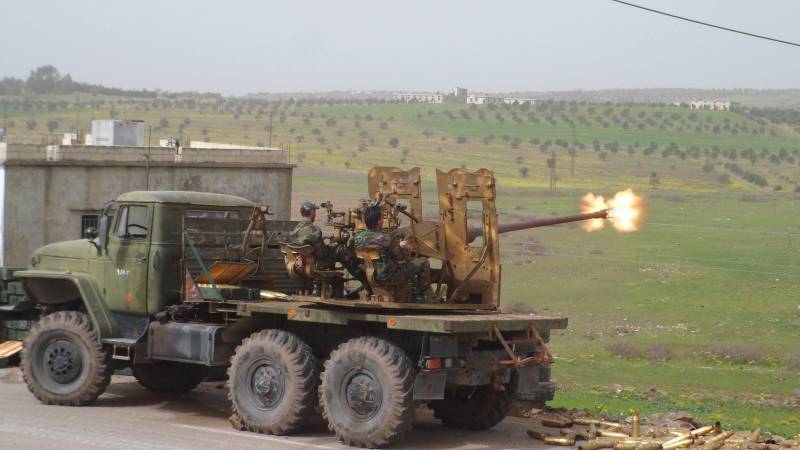
The Armed Forces of Ukraine built several dozen MT-LBs with S-60s on the armor. But on the "Motolab" what they just didn’t stick to, it’s generally a unique conveyor. And the Armenians installed S-60 on MT-LB.
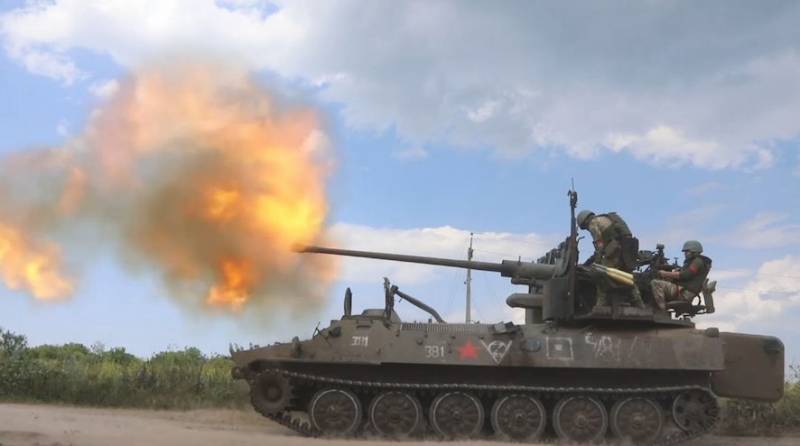
The gun, I repeat, is very, very good, even after 70 years. What is its main problem is the lack of modern ammunition and a normal rate of fire. For a modern anti-aircraft autocannon, this is critical.
Regarding projectiles. There is no doubt that the S-60s will fire shells removed from storage. It’s just that there’s nowhere to come from with new ones, we haven’t had a 57-mm caliber in service for a long time.
In 2017, there was information that the Protsenko Start Production Association (ZATO Zarechny, Penza Region) from the state corporation Rosatom was mastering the production of 57-mm shells for the Russian anti-aircraft artillery complex Derivation. The shells will be produced with a remote programmable and contact fuse. But there is no data on how "the process has gone" and whether these shells can be used in the S-60.
It is clear that the S-60 is extremely outdated precisely in terms of shells and guidance. And you can create homemade products, and you can shoot from them with direct fire, and the effect of this will be, but shoot down Drones – this is unlikely.
Another "novelty". From the Tulamashzavod Production Association, a very respected association in the arms world.
It is called ZU-23AE.

Many media excitedly told what a powerful means of struggle it turned out to be, despite, again, 70 years of age. With whom, however, it should fight, for some reason no one specified.
According to the manufacturer, three ZU-23AE can be placed at a distance of 100 meters from each other, and one operator can control all three ZU-XNUMXAE at the same time. That is, two installations will shoot where the operator with the leading memory points.
The operator is very richly equipped: he has a target tracking machine and a completely modern guidance unit. Optical, with television cameras, a thermal imager and a laser rangefinder. Well luxurious, right?
But attention! The rate of fire has been reduced from 2000 to 500 rounds per minute! As it was written in one media outlet - "In order to save shells." And two new fire modes have been introduced: single and two shots.
Saving new expensive shells - that is, elementary ones with a programmable detonation time - is something.
It turned out as always - we write with one hand, and cross out with the other. They gave the operator six barrels spaced 200 meters apart, gave modern sights and cut the rate of fire, one of the most important characteristics. Six barrels that can fire 1500 shots versus two that can fire 2. So what does that look like?
Yes, it looks great. Fools Americans twist blocks of six barrels in order to squeeze out the maximum rate of fire, and in Russia they will click single. Shells, you know, cost money ...
In general, it turns out a very strange alignment.
In the world, where they understand that new times have come, they are stirring and starting to do something in terms of defense against UAVs. But to do something is to develop something new, isn't it?
To call a rattletrap with a 70/60-year-old cannon / cannons a new development is not new. It's a well-painted old one. And why it is necessary to pass off guns as new developments, which the hands of Vasily Gavrilovich Grabin still remember on their trunks, I personally don’t know.
Well, remote-controlled “Zushki” clicking single or cutting off two shells at a time is just a masterpiece.
Yes, the ZU-23-2 is a weapon that has become history. So beautifully made that hundreds of carts from a Toyota pickup truck to a truck with a Soviet double-barreled shotgun in the back are still rushing across the expanses of the Middle East and Persia.
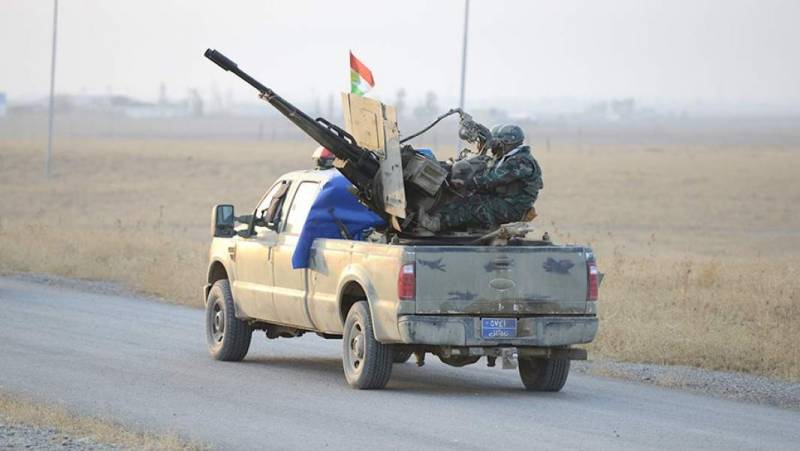
"Zushka" in the back is, one might say, already a classic. Despite the fact that it was adopted in 1960. Ten years after our other novelty, S-60.
There is also a ZU-23-2 in the Armed Forces of Ukraine. Naturally, in Ukraine, many installations were stored in warehouses. And in 2017, the Ukrainians were able to start producing both barrels and ammunition for them. And now they use it with might and main. But Ukrainians, by and large, have nowhere to go.
Do we need such "news"?
Well, the barrels for the ZU-23-2 are definitely being produced, there are no problems with this. As for the trunks for the S-60, I’m not sure, Krasmash, which produced the ZU-57-2, will now take on slightly different tasks. Although of a defensive nature, but as part of Roskosmos.
It is difficult to understand the value of these homemade products based on seventy-year-old guns. Maybe we just need to empty the warehouses, maybe it’s hard to say what other considerations, besides the cheapness of these “knee-knee crafts”.
But in general, the casket opens very simply.
We don't need these homemade ISIS militants and Mujahideen. It has already become clear and understandable that an UAV that can dive from the sky and destroy a tank is a given that cannot be dismissed. More precisely, you can brush it off, but it is with the help of a rapid-fire barrel.
A number of crafts can be launched into a series. Well, at least in order to unload the industry and shoot stocks of 23-mm shells.
But in our country there are thousands of modern barrels of modern 30-mm caliber with modern ammunition. Single barrel, double barrel, six barrel. To which there are modern control systems with radars that can detect the UAV and point the trunks at it. And for which - it is important - there are shells with programmable fuses. Such fuses are installed using an inductive ring when the projectile leaves the muzzle.
This is what can really protect both personnel, equipment, and objects from UAVs. Modern weapons, not homemade junk. That's what we should strive for, not the emptying of warehouses with old equipment.
Although, of course, if the emptying of warehouses and the mass production of homemade products from old guns will make it possible to increase the production of modern 30-mm guns for PDO (anti-drone defense) - I agree that this is quite possible as a temporary move.
The only concern is that we have nothing more permanent than temporary. And for a long time to meet enemy drones will be the same S-60, ZU-23-2 and people with binoculars.
But I repeat - we have room to move in this direction.
Information